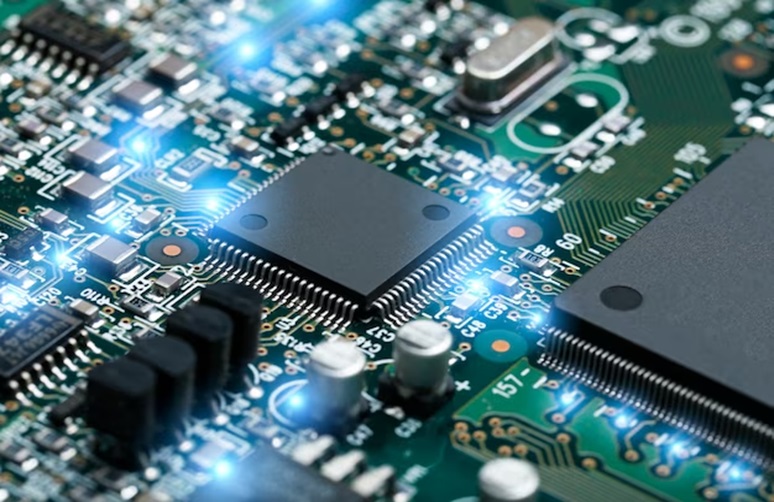What Factors Should Be Taken Into Account For The Best Electronic PCB Assembly?

Printed circuit boards are a common component of most modern electrical equipment. These boards comprise multiple high-quality parts that are meticulously put together to provide the desired effects. The PCB assembly is a controlled process that takes care of multiple steps from design through assembly.
The PCBs are built to endure structural, mechanical, or electrical obstacles from their operational environment. The idea of ideal PCB assembly has become more well-liked lately. The main goal of this idea is to guarantee accuracy throughout the entire PCB assembly and production process. For every electronics manufacturing company, it is essential that they follow many factors such as norms, standards, compliance, etc. One such example is the IPC-a-610 h standard requirement.
In the electronics sector, the IPC-A-610 H standard is the one that is most frequently utilized for electronics assembly approval. A general document update, many new types of surface mount components, and eliminating target conditions are all part of the IPC-A-610 H standard. To help the electronics sector, contributors from 29 different nations contributed their ideas and knowledge to put together this standard.
Anyone interested in the acceptance criteria for electronic assemblies, including inspectors, operators, and others, must have this standard operating procedure.
Optimal Electronic PCB Assembly Considerations
There are various processes in the printed circuit board assembly (PCBA) where the boards are ready for surface mount technology (SMT) or through-hole component mounting. Although the PCBA generally follows a comparable process, it does not ensure the same outcomes or level of quality. Every board design is unique, subject to certain limitations, and has certain specifications. The assembling services must comply to address specific issues that may have an impact on the PCB in light of this.
Scheduled Turnaround Time: For the majority of PCBA services, this is one of the main issues. The development lifecycle may be impacted by turnaround times. That does not, however, imply a reduction in quality.
OEMs working in the healthcare, aerospace, and defense sectors may have specific turnaround times.
Standards And Requirements for Quality: As previously mentioned, PCBs are a crucial component of many electronic products we use today. As a result, extra attention must be taken throughout the manufacturing process. Some businesses have strict criteria, even though quality or adherence to industry standards is one of the crucial PCBA needs. For instance, PCBs used in the medical sector must adhere to IPC-A-6012, ISO 9000, and the FDA’s IPC-A-600, IPC-A-610, and IPC-A-600 requirements. Similar requirements apply to PCBs for the defense sector, including IPC 6012 Class 3/3A, MIL-PRF-5510, ITAR, and others.
Inspection and Testing Requirements: Today, testing and inspection are a common aspect of PCBA and manufacturing services, but that is insufficient. Component requirements, and there may be related documentation. To assure quality, they could provide the PCBA instructions to record each manufacturing process step, from component aggregation to fabrication. Throughout the design and production phases, some PCBs could need extensive testing.
Electronic PCB assembly, as is knowledge, is the final step in producing circuit boards. As a result, the circuit board needs to satisfy each of the abovementioned requirements. The term “optimal electronic PCB assembly” refers to setting up circuit boards for the placement of components and approaches to enhance their performance and dependability in demanding and routine applications.
IPC Standards for PCB Design, Manufacturing, and Assembly Reference Guide
Maintaining quality during development, prototyping, and production is crucial as a designer, manufacturer, and assembly provider of printed circuit boards (PCBs). This needs careful attention at all stages. We can assist by performing everything in accordance with IPC requirements and our skills.
IPC is a trade organization aiming to standardize the production and assembly procedures for electronic components and assemblies. In 1957, the Institute of Printed Circuits was established. Later, the organization’s name was modified to the Center for Interconnecting and Packaging Electronic Circuits to emphasize the transition from bare boards to packaging and electronic assemblies. It underlines the transition from circuit boards to packaging and manufacturing electronic assemblies. Association Connecting Electronics Industries was the organization’s motto when it officially changed its name to IPC in 1999—international recognition for IPC’s standards. The electronics industry’s most frequently utilized acceptance standards are published by it.
Performance Classes for IPC
Three broad classes have been defined to reflect the progressive rise in sophistication, functional performance standards, and testing/inspection frequency. Recognizing that equipment types in several classes may overlap is important. The user is responsible for clearly stating in their agreement or purchase order the performance class necessary for each product and any exceptions required to specific characteristics.
- IPC Class I: General Electronic Products
- IPC Class II: Dedicated Service Electronic Products
- IPC Class III: High Reliability or Harsh Operating Environment Electronic Products
Different industries and applications value electronic PCB assembly. For high-quality PCB assembly services, turn to recognized leaders in the field who are dependable and reputable PCB suppliers and manufacturers in the US. They should rely on optimal electrical PCB assembly to create high-quality, performance-driven PCBs for their clients across industries. The company’s professionals will assist you in choosing the best PCBA approach without going over budget or sacrificing quality.